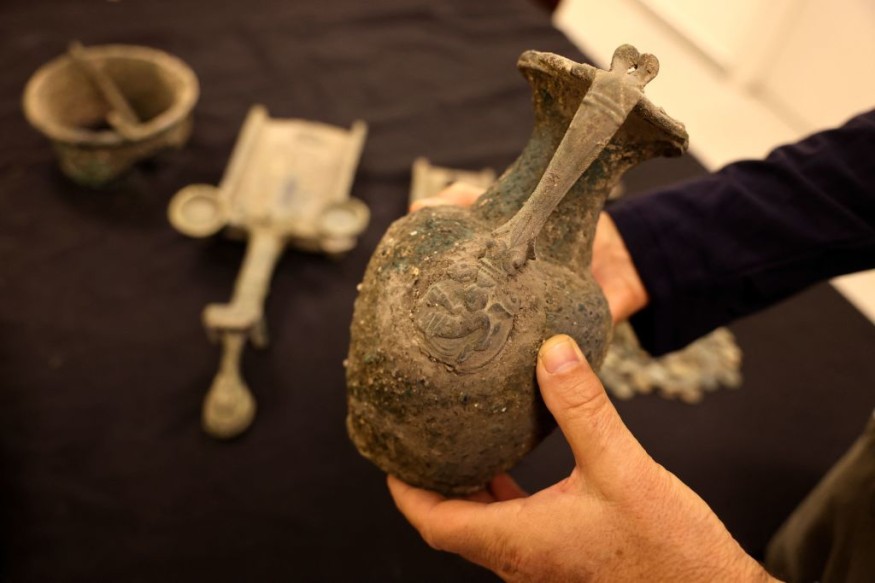
As a recent discovery of ancient jars were unearthed from the sea at the seaport of San Felice Circeo, native vineyards and import tar pitches could have been the usual for wineries around the Italian peninsula throughout the Roman era.
Unfolding the Mysteries of Roman Wine
Three separate wine jars, or amphorae, have been found and studied, providing scholars with valuable knowledge into the techniques of wine production in this territory in the 1-2 century BCE, during the late Greco-Italic era, news media site Science Alert reported.
The study is remarkable because it integrates several of the most advanced scientific evaluation methods with various methodologies employed in archaeobotanical to learn much on these jars beyond will further normally be feasible.
As what the authors conclude in their public article which was posted under PLOS One, that the three coastal canopic jars recovered in 2018 at the historic harbor of San Felice Circeo which can be found in the territory of Italy, provided a once-in-a-lifetime chance to expand multidisciplinary study involving archaeobotanical and scientific analysis.
A mixture of gas chromatography as well as molecular spectrometry was employed in this laboratory to separate and detect molecular indicators in a substance - in this situation, focused on the natural remnant left in the containers.
The scientists and experts alike who are working on the said investigation subsequently searched for pollen in the leftovers. This type of study was previously performed often, although seldom on wine jars like these, and never with the goal of understanding the larger greater perspective for a relic.
Moreover, a detailed examination of the grapevine pollen indicated that the pots have been used to brew either red and white wines, as well as that indigenous vegetation were utilized - however it is unclear if these florae were cultivated during the era.
Conversely, Science Daily, a trusted online media outlet claimed that the residues of pine indicate that it was employed to seal the jars and maybe to taste the wine. The tar mixture containing the pine might have come from across the territory, maybe from Calabria or Sicily, according to the experts.
Three Ancient Jars From Roman Era
The researchers also wrote in their study that the inclusion among combined pollen and charcoal allows for a deeper comprehension of the pitch provenance, which is hard to achieve using natural leftover investigations solely.
Similar pottery and antiquities were discovered in the San Felice Circeo port, approximately 90 kilometers or about 56 miles southeast of Rome. Historians believed the location was near a Roman aqueduct.
Whereas the scientists cannot be certain of all of the results found in their investigation, they have indeed been ready to go farther due to the obvious variety of multidisciplinary methodologies utilized in determining the molecular composition of what has been left in these pots.
Those entails integrating scientific and horticultural competence with other archaeological and historical data, as well as earlier research into wine pots like this - extending further the laboratory testing to delve into the objects' underlying narrative.
By employing several ways to disentangle the composition and character of the protective material of Roman clay pots, researchers have advanced the judgment more in the knowledge of archaic customs than a specific strategy might have, Science Direct wrote.
© 2025 NatureWorldNews.com All rights reserved. Do not reproduce without permission.





